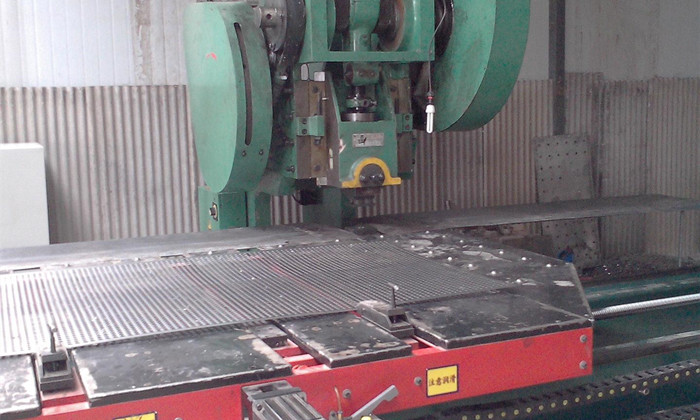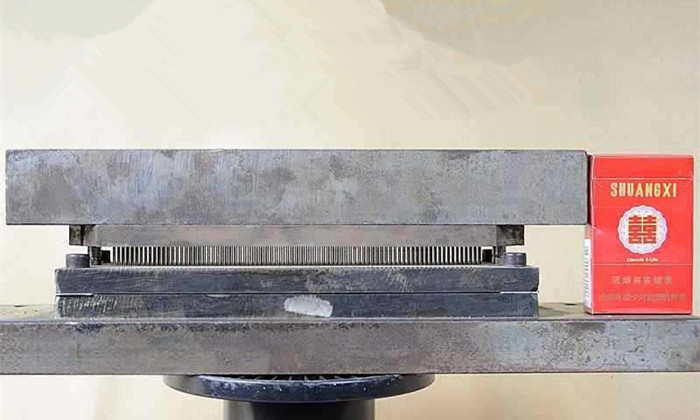Mold Application in CNC Punching Machines
Modern metal fabrication relies heavily on CNC punching machines for automated, continuous operation. The installed molds must maintain exceptional precision and stability under high-speed cycles. If there is a mismatch between the mold and the machine, or if the mold structure is flawed, phenomena like “sheet dragging” may occur. This refers to material shifting during the punching process, resulting in distorted holes or merged perforations, which severely impact product quality.
To avoid these issues, mold structures must be precisely engineered to ensure proper fit with the machine, and the equipment should undergo regular calibration to maintain consistent punch motion.
Key Strategies to Prevent Hole Merging
Maintaining proper spacing and shape of the perforations is critical in perforated sheet production. The following methods can significantly reduce the occurrence of hole merging and other defects:
1. Optimize the Upper and Lower Mold Diameter Ratio
During mold installation, the lower die opening should be slightly larger than the upper punch diameter. Avoid using upper and lower dies with identical or nearly identical diameters, as excessive friction can cause punching misalignment or merged holes. A well-matched die combination ensures greater stability and accuracy during operation.
2. Regularly Inspect Spring and Rubber Components
Spring rubbers are commonly used in mold assemblies to distribute pressure evenly and absorb impact. Over time, these components can wear out or become deformed, resulting in uneven force application during punching. This directly affects the precision of hole placement and shape. Therefore, it's essential to inspect and replace these elements at regular intervals.
3. Comprehensive Mold Maintenance and Inspection
Before each production run, operators should thoroughly inspect the mold, including punch wear, die condition, and structural integrity. In addition to daily checks, molds should be professionally cleaned, lubricated, and adjusted periodically to ensure they stay in optimal working condition.
4. Operator Training and Process Optimization
Even the most precise mold cannot function effectively without skilled operators. Regular training sessions and process improvement meetings help operators stay proficient in mold handling, troubleshooting, and machine operation. A disciplined production workflow minimizes human errors and enhances overall efficiency and product quality.

